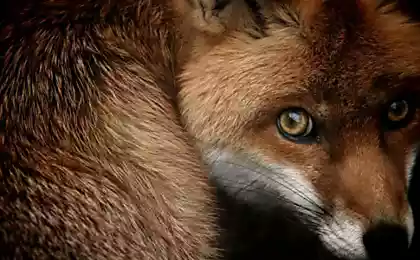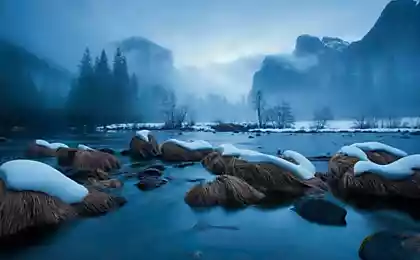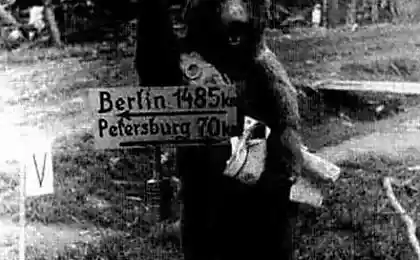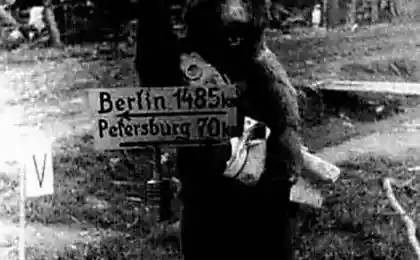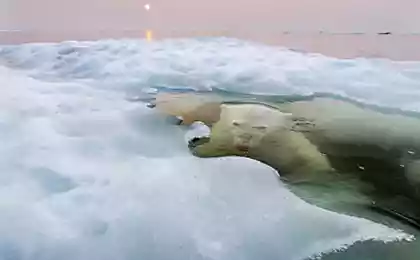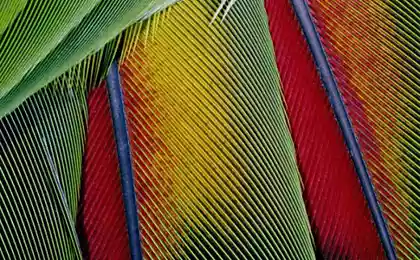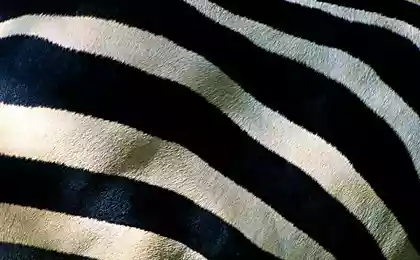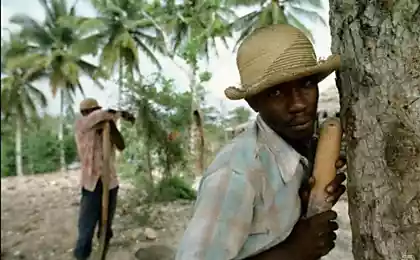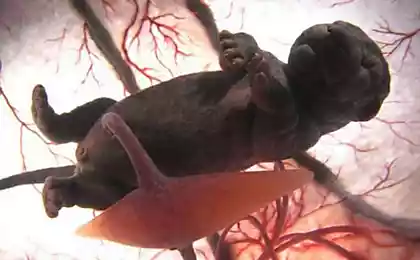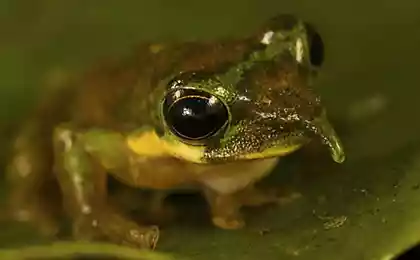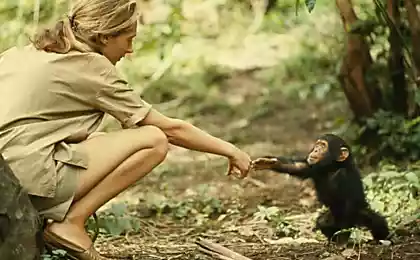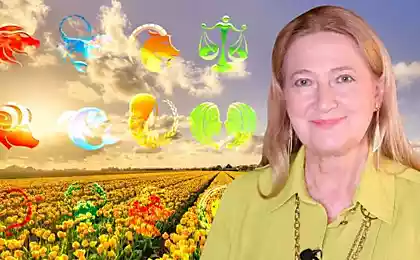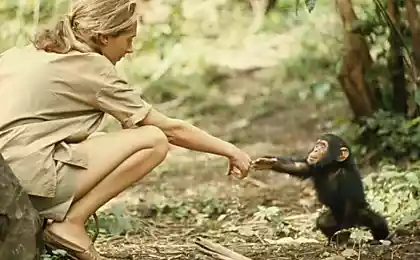198
Best National Geographic Photos for July 2014
In the lens the best photos of July 2014 from National Geographic magazine and National Geographic Russia.
Gruper on the Florida Keys
Groupers are predators from the family of stone perch. They feed on small sharks, fish, lobsters, stingrays, young sea turtles. This 25-centimeter "male" can spend five years among mangroves, almost inaccessible to predators, before daring to get out on the reefs. The survival of the species depends on mangrove forests, which are destroyed as the coasts are built up.
At the post Groundhog in Ladakh, India, a height of 4,500 meters.
A place under the sun Nektaritsa - birds from the order of passerines.
Stupids, Skomer Island Stupids flap their wings and spread their beaks, figuring out the relationship. Most fights start in the fight for possession of the burrow, but a snitch or two usually resolves the conflict.
Fog and the Golden Gate Bridge in San Francisco.
For two months, Alex Geifman went to the Ben Shemen forest every day to photograph a flock of foxes. One day, when he was sitting in the car, two foxes began to climb a tree. Suddenly one of them stumbled. Geifman managed to take a few pictures before the fox still flew down.
A curious grey seal near the Gaspe Peninsula with an open mouth marvels at photographer Jennifer Hayes. Commercial fishermen and some scientists believe that it is the hungry seals that prevent the recovery of the cod population.
Elephant herd Delta Okavango, Botswana.
Waterfowl butterflies.
The foal
A cloud of butterflies in eastern Bolivia.
Emperor penguins
Kilauea Volcano, Hawaii (translated from Hawaiian - "spewing") - the most active volcano of the island of Hawaii, which has been continuously since 1983. It is also considered the most active active volcano on Earth.
Almost never leaving its ice, the seal begins to change its skin after two weeks - about this time the mother should leave it.
A rapid storm swallows the rock of Pedra da Gavea, and it seems as if Cayo Afeto is walking on the clouds. A professional tightrope walker was caught between two mountains towering over Rio de Janeiro when a swollen breeze enveloped the 850-meter-high summit in fog.
Milne Bay, Papua New Guinea In Milne Bay, shoals of fish scurry around the coral-covered wreckage of the shipyard. The warm waters of this marine region – the Coral Triangle – are characterized by rare biodiversity.
Brown bear, Kamchatka Caught by a brown bear, the sockey ejects a stream of orange caviar into the Kuril Lake. Every summer, about a million of these fish swim from the Pacific Ocean to the Kamchatka Peninsula for spawning - just a feast for clubfoots, fatty before hibernation.
Under the cracked ice sheet of Europa, which we see in this image taken by the Galileo spacecraft, hides an ocean where there may be all the conditions necessary for life.
Off the coast of Florida, a small fish parted before a giant grouper floating over the wreckage of a World War II ship.
Caring for each other, dead ends rub and knock beaks, as if kissing. This adult couple on Skomer Island in Wales displays mating decorations: grooved orange beaks and bright rims around their eyes.
Otter in flight The focused run of an otter.
Source:fresher.ru
Source: /users/1077
Gruper on the Florida Keys
Groupers are predators from the family of stone perch. They feed on small sharks, fish, lobsters, stingrays, young sea turtles. This 25-centimeter "male" can spend five years among mangroves, almost inaccessible to predators, before daring to get out on the reefs. The survival of the species depends on mangrove forests, which are destroyed as the coasts are built up.
At the post Groundhog in Ladakh, India, a height of 4,500 meters.
A place under the sun Nektaritsa - birds from the order of passerines.
Stupids, Skomer Island Stupids flap their wings and spread their beaks, figuring out the relationship. Most fights start in the fight for possession of the burrow, but a snitch or two usually resolves the conflict.
Fog and the Golden Gate Bridge in San Francisco.
For two months, Alex Geifman went to the Ben Shemen forest every day to photograph a flock of foxes. One day, when he was sitting in the car, two foxes began to climb a tree. Suddenly one of them stumbled. Geifman managed to take a few pictures before the fox still flew down.
A curious grey seal near the Gaspe Peninsula with an open mouth marvels at photographer Jennifer Hayes. Commercial fishermen and some scientists believe that it is the hungry seals that prevent the recovery of the cod population.
Elephant herd Delta Okavango, Botswana.
Waterfowl butterflies.
The foal
A cloud of butterflies in eastern Bolivia.
Emperor penguins
Kilauea Volcano, Hawaii (translated from Hawaiian - "spewing") - the most active volcano of the island of Hawaii, which has been continuously since 1983. It is also considered the most active active volcano on Earth.
Almost never leaving its ice, the seal begins to change its skin after two weeks - about this time the mother should leave it.
A rapid storm swallows the rock of Pedra da Gavea, and it seems as if Cayo Afeto is walking on the clouds. A professional tightrope walker was caught between two mountains towering over Rio de Janeiro when a swollen breeze enveloped the 850-meter-high summit in fog.
Milne Bay, Papua New Guinea In Milne Bay, shoals of fish scurry around the coral-covered wreckage of the shipyard. The warm waters of this marine region – the Coral Triangle – are characterized by rare biodiversity.
Brown bear, Kamchatka Caught by a brown bear, the sockey ejects a stream of orange caviar into the Kuril Lake. Every summer, about a million of these fish swim from the Pacific Ocean to the Kamchatka Peninsula for spawning - just a feast for clubfoots, fatty before hibernation.
Under the cracked ice sheet of Europa, which we see in this image taken by the Galileo spacecraft, hides an ocean where there may be all the conditions necessary for life.
Off the coast of Florida, a small fish parted before a giant grouper floating over the wreckage of a World War II ship.
Caring for each other, dead ends rub and knock beaks, as if kissing. This adult couple on Skomer Island in Wales displays mating decorations: grooved orange beaks and bright rims around their eyes.
Otter in flight The focused run of an otter.
Source:fresher.ru
Source: /users/1077
